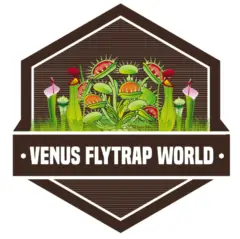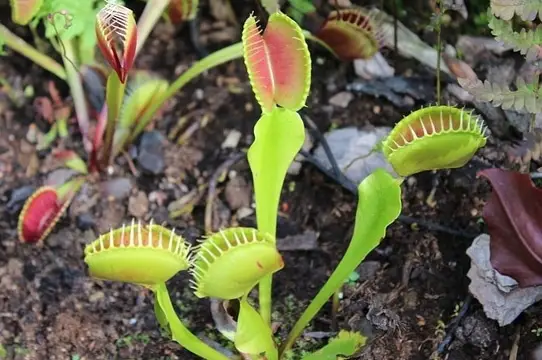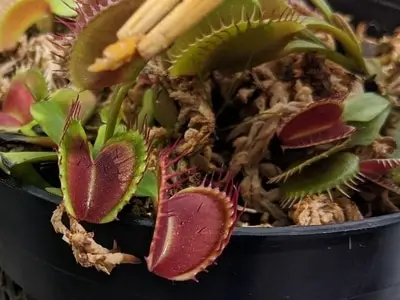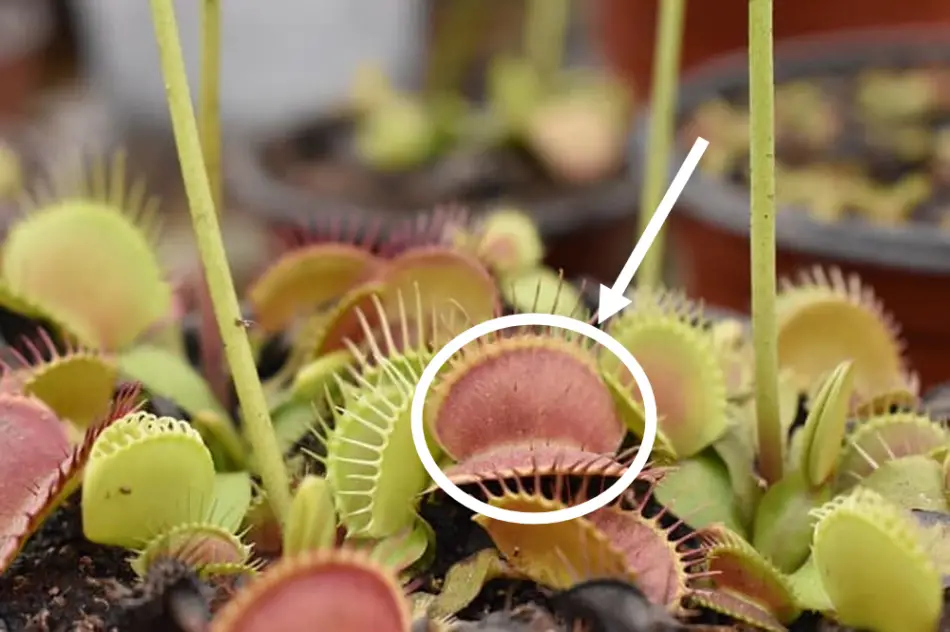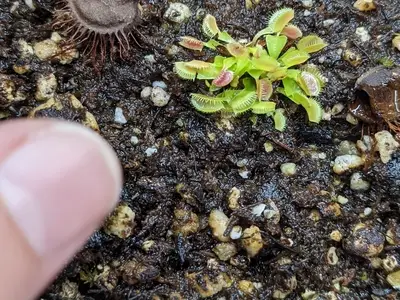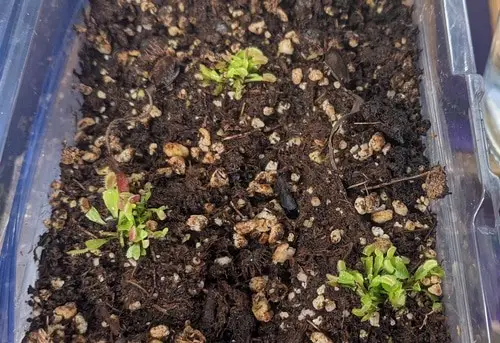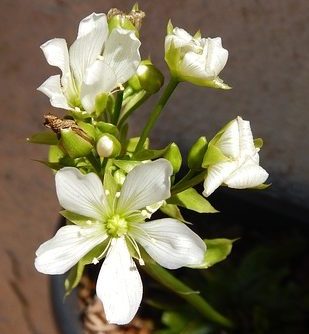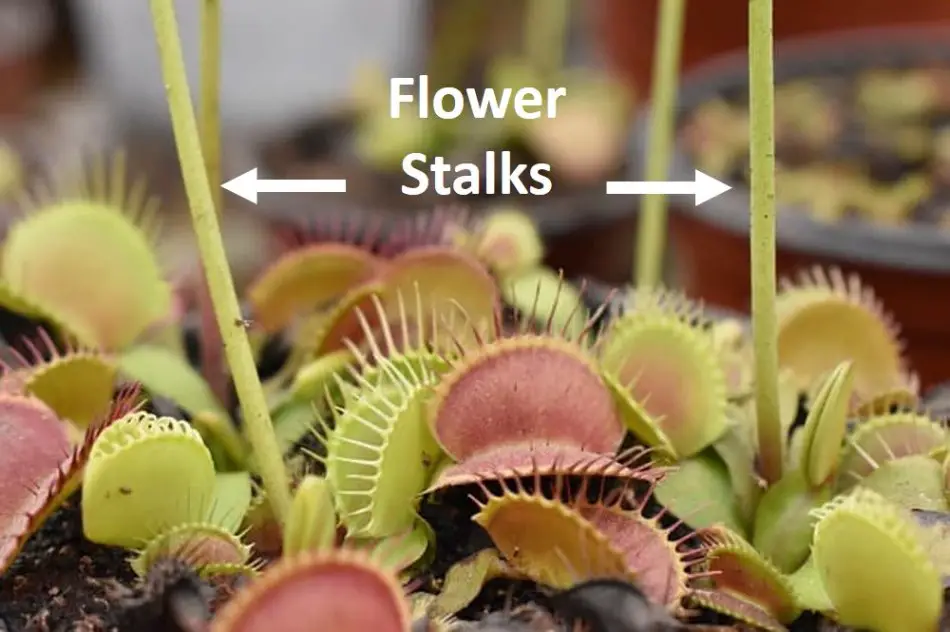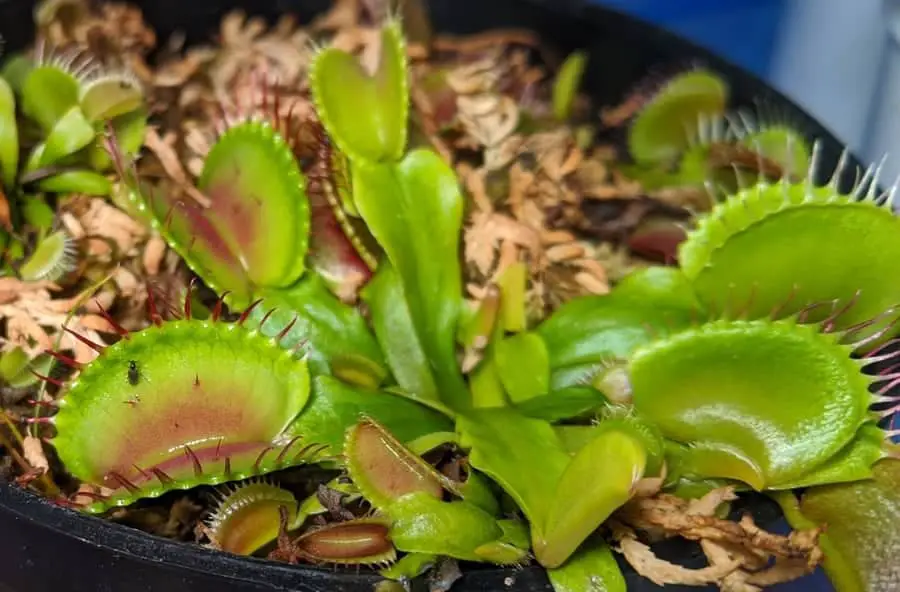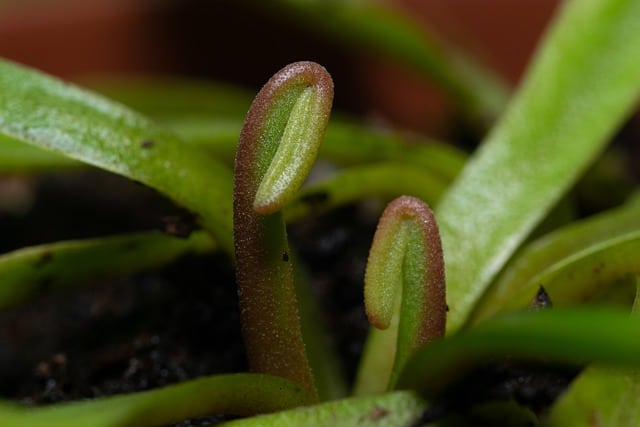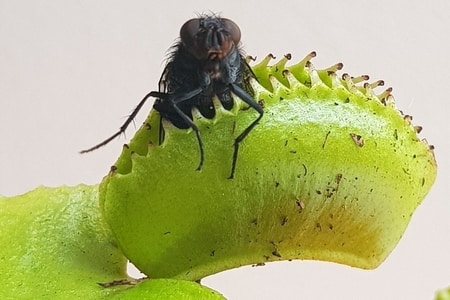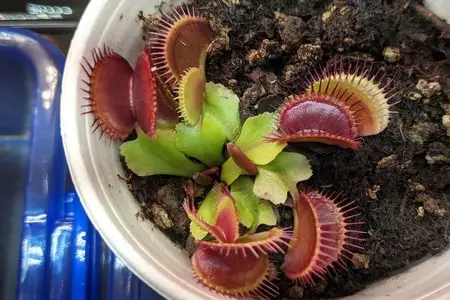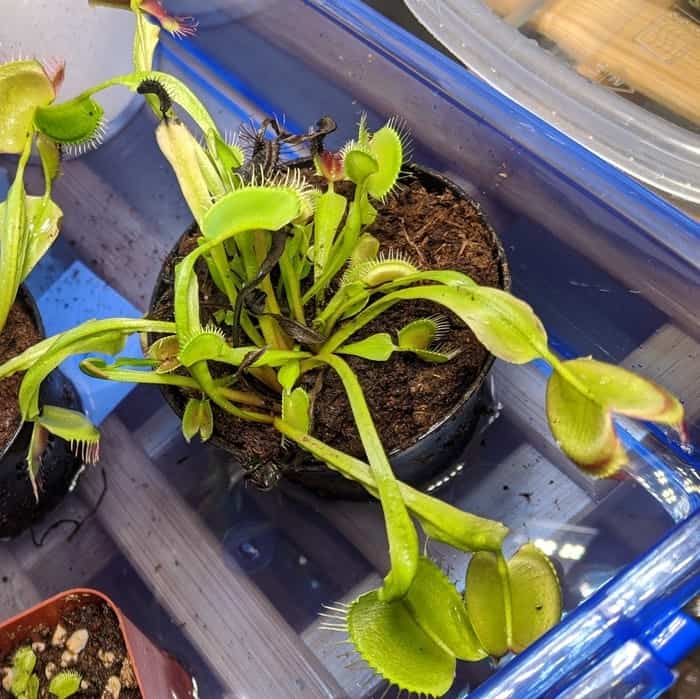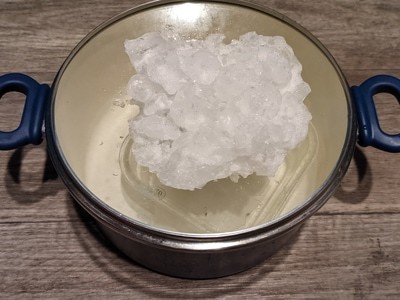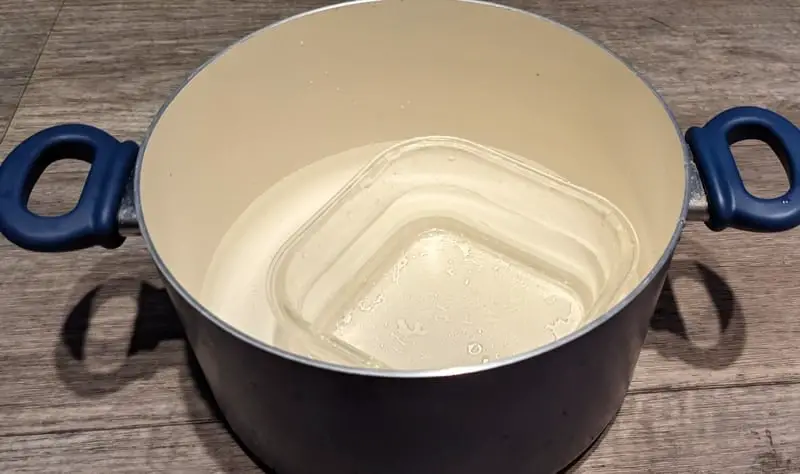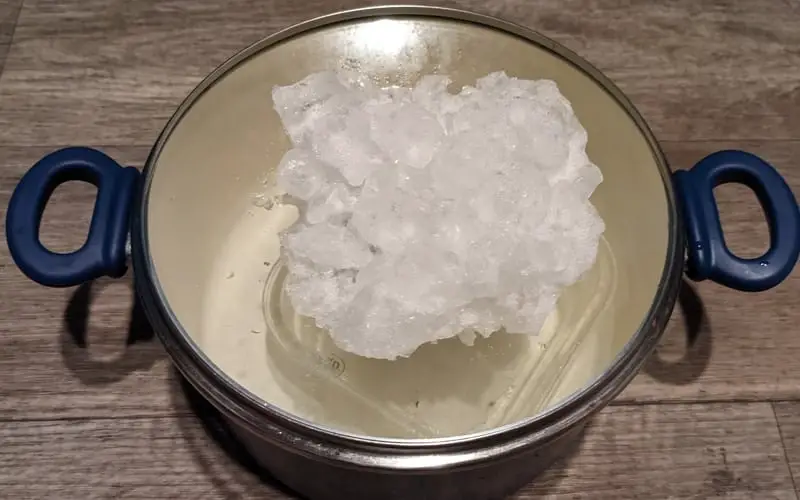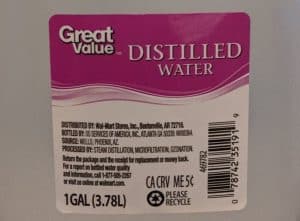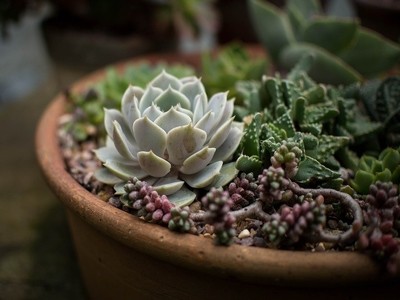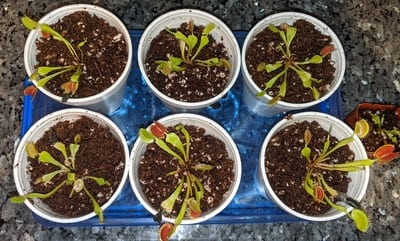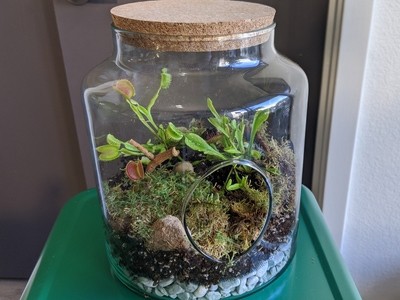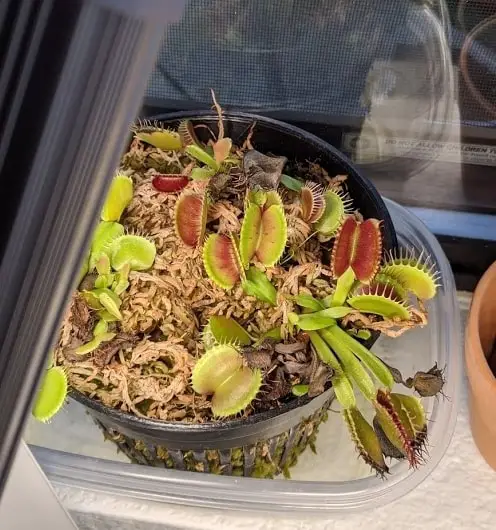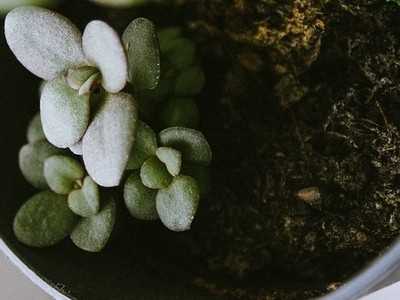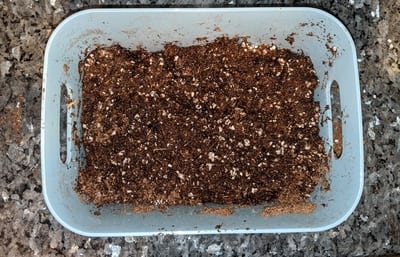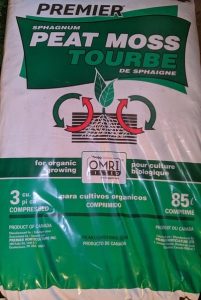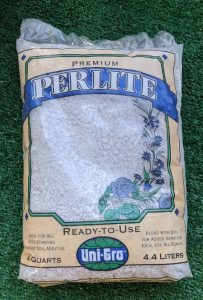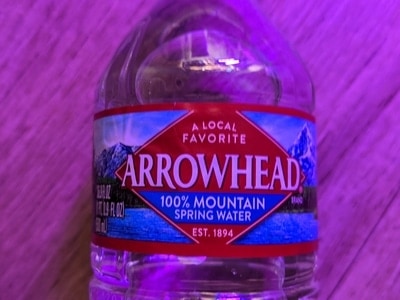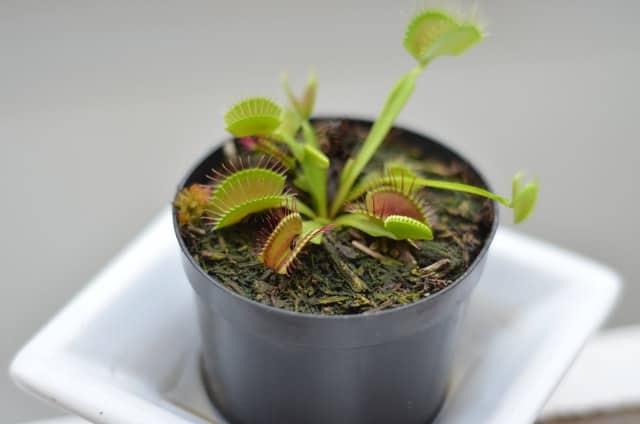Venus Flytraps can adapt to different temperature levels and ranges. However, some environments are better suited to let them thrive.
As a general rule, Venus flytraps thrive when exposed to warm summers that do not exceed 100 F and cold winters with temperatures that do not fall below 20F. Cold weather is required for Venus flytraps to achieve a yearly dormancy period.
When I got my first Venus flytraps, I was concerned about the extreme summer temperatures where I lived. But, after some research, I adapted the environment to my plants, and they are doing great. Venus flytraps can grow healthy worldwide as long as they are kept in a proper setup.
This article will share the optimum temperature ranges for Venus flytraps and tips to keep them healthy in several weather conditions.
The Optimal Temperature Range for Venus Flytraps
Venus flytraps grow natively in North Carolina and South Carolina in the United States. Venus flytraps grow in nutrient-poor soil with plenty of access to sunlight and water in their natural habitat. They also have exposure to all the seasons, including warm and humid summer and chili winters.
The following table summarizes the required temperatures for Venus flytraps.
| Minimum recommended temperature | 20 F ( -6 C) |
| Maximum recommended temperature | 100 F ( 36 C) |
| The optimal temperature range for the growing season | 70 – 95 F ( 21 – 35 C) |
| The optimal temperature range for dormancy | 20 – 45 F ( -6 – 7 C) |
| Recommended humidity | Over 50% |
For Venus flytraps, it is crucial that you provide a suitable environment year-round. However, the summer and winter months are the most critical.
- Hot summer temperatures are optimal for Venus flytraps as long as they do not exceed 95-100 F
- Make sure Venus flytraps have exposure to winter. At least 3 months of temperatures below 45 F
- Avoid letting your Venus flytraps freeze (below 20 F tends to be too harsh)
- Venus flytraps do not need high humidity; they can adapt to desert-like climates
Optimal Summer Temperature Range
The optimal temperature range for Venus flytraps during the summer months is 70-95 F. Above 95 to 100 F; Venus flytraps are at risk of drying up and dying. Partial shade, the tray method, and humidifiers can help Venus flytraps adapt to scorching temperatures.
I live in Arizona, where temperatures during the summer months can sometimes hit 115F. Even though the weather is extreme, it is possible to grow Venus flytraps outdoors. You can employ a shade cloth (available at most gardening stores) to create a partial shade. Also, some people raise their Venus flytraps while sitting in water to prevent overheating. Besides, even though the summers can reach very high temperatures, placing your plant in the right location might allow you to avoid exposing it to direct sunlight during the hottest time of the day.
Optimal Winter Temperature Range (Dormancy)
During the winter, Venus flytraps also require a particular temperature to stay healthy.
20-45 F is the optimal temperature range for Venus flytraps during the winter. Venus flytraps require cold weather to achieve dormancy, essential for their survival. To complete a full dormancy, temperatures must remain below 50 F for at least three months.
Venus flytraps, like many other carnivorous plants, require a yearly dormancy period. During the winter months, Venus flytraps must go dormant. During such a period, Venus flytraps die off and are inactive for several months; then, they reflourish in the spring.
To achieve dormancy, Venus flytraps must be exposed to temperatures below 45 F for at least 3-4 weeks. After starting dormancy, Venus flytraps must remain in cold temperatures for 3-4 months.
Without access to cold weather (below 45 F), Venus flytraps do not go dormant. Venus flytraps weaken substantially without dormancy, and they end up dying if dormancy is skipped twice in a row.
Even though Venus flytraps need exposure to the cold, freezing temperatures can harm Venus flytraps.
Cold temperatures below 20 F can be harmful to Venus flytraps, as they can end up freezing solid and not recovering. Consider placing Venus flytraps in an unheated garage or shed when temperatures drop below the recommended minimum.
Venus flytraps adapt to a wide range of temperatures. They are incredibly resilient to cold weather, but sometimes they need to be put away when temperatures are too extreme.
Do Venus Flytraps Need Warmth?
Venus flytraps flourish in the summer months when exposed to warm weather and long hours of sunlight. But, is the summer warmth a requirement?
Venus flytraps can live without warm summers as long as they are exposed to plenty of sunlight. The summer months are the peak growing season for these plants. Even though Venus flytraps appreciate warm weather above 70 F, they can handle cooler temperatures during the spring and summer months.
Temperature changes guide Venus flytraps into dormancy and then out of dormancy. Then, as the spring progresses, the increase in sunlight triggers Venus flytraps to start flowering and dividing. In a way, warm weather is less essential to Venus flytraps than a cold winter.
Can Venus Flytraps Survive Frost?
In most circumstances, Venus flytraps can handle temperatures below freezing without issues. Growers worldwide keep their Venus flytraps outdoors during the winter even if temperatures drop below 32 F.
The risk of freezing weather for your Venus flytrap varies depending on climate factors, such as humidity, precipitation, and snow. However, some general paraments can help you keep your plant healthy.
As a general rule, keeping Venus flytraps in cold weather is safe up to 20 F. Below 20 F, Venus flytraps are at risk of freezing solid, which can harm the plant. Some Venus flytraps survive the frost, but their success depends on many factors, such as age and health status.
To avoid killing your plant due to cold weather, place your plant in a strategic location where it is cold but won’t freeze. Some people place their Venus flytraps inside outdoor sheds or unheated greenhouses to keep their plants at a more manageable temperature.
Growing Venus Flytraps Indoors vs Outdoors (Climate)
You have the option to grow Venus flytraps indoors or outdoors. But, which one is better?
The answer really depends…Venus flytraps thrive when they are grown outdoors because they can have plenty of access to sunlight and bugs. However, some locations are not suitable for Venus flytraps. Scorching summer or icy winters can be trouble for your plant.
Review the previous sections carefully, and assess if the temperatures your outdoor location can offer are appropriate. In case they are not, you can consider growing your plants indoors. It is a bit more tricky, as you need to figure out dormancy.
Venus flytraps can grow most of the year indoors at room temperatures, as long as they receive adequate lighting and watering. During the winter, they can remain indoors, but they require cold temperatures above 45 F, which can be reached in an unheated garage, porch, or basement.
The picture below features some of my flytraps living indoors under grow light and at room temperature.
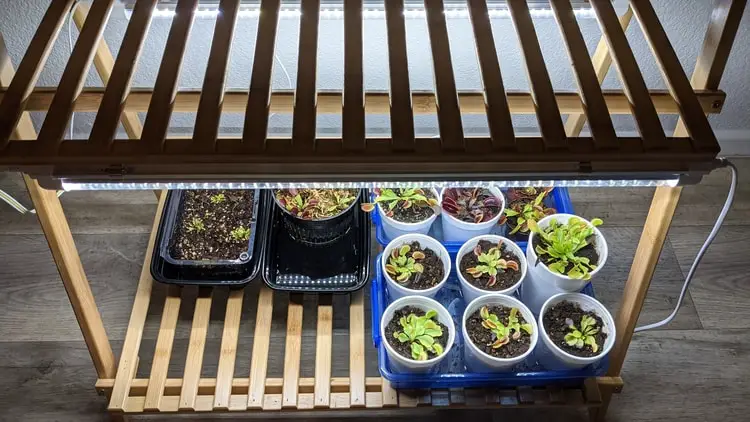
If you plan on growing Venus flytraps indoors, make sure you read this guide: How to Successfully Grow Venus Flytraps Indoors.
Most experienced growers recommend growing Venus flytraps outdoors, as open environments can provide a myriad of benefits. Unfortunately, not everyone has the perfect outdoor location.
For general Venus flytrap care, you can download this care sheet: Venus Flytrap Care 101.
Humidity Requirements for Venus Flytraps
In their natural habitat, Venus flytraps grow with high humidity (above 505). However, a high humidity index is not a requirement to keep Venus flytraps healthy.
Humidity above 50% is optimal for Venus flytraps. However, high humidity is not a requirement. Venus flytraps can adapt to arid climates as long as they are watered properly and they are given time to acclimate.
I grow Venus flytraps in a dry climate. Even though humid environments are better suited for Venus flytraps, these plants can adapt to a wide range of climates.
To ensure the humidity requirements for your Venus flytraps are met, follow these tips:
- Water your Venus flytrap often (in this guide I can teach you exactly how much water do you need for Venus flytraps ) (in this guide I can teach you exactly how much water do you need for Venus flytraps ). the soil from your plant should never dry out completely.
- Consider using a humidifier if the environment is very dry.
- Employ the water tray method to water your plant.
